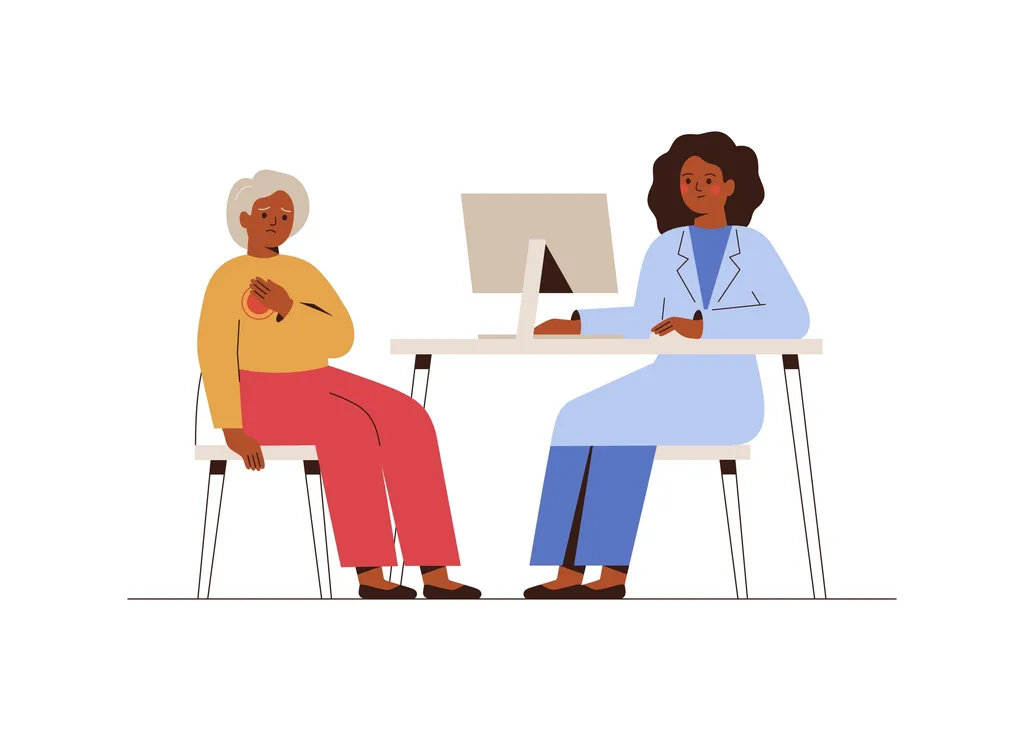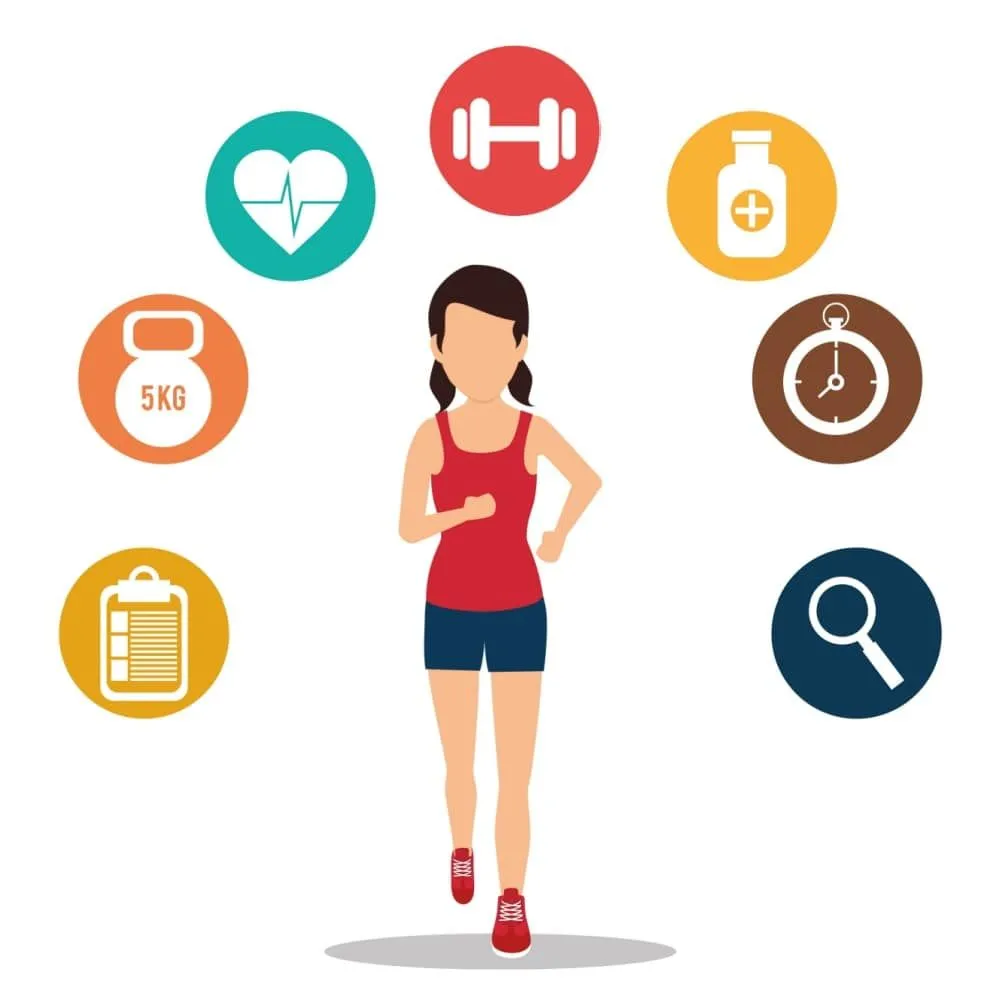A Look at Physical Activity vs. Exercise

What’s the difference between being physically active and exercising? Is there a difference? Actually, there is, and here’s how we can differentiate between the two:
Physical Activity is a movement that is carried out by your skeletal muscles that require energy. In simpler terms, any movement you do is physically active.
Exercise is planned, structured, repetitive, and intentional movement with the purpose to improve your physical fitness, lose weight, etc. Exercise fits within the category of physical activity, however, it’s our planned workouts, not just any activity.
Think through your week, how much time do you spend sleeping, sitting in the car, at a desk, eating, sitting on the couch? Now, how much time in your day is spent doing movement? What type of movements do you do? Is it simply limited to your 20-30 minutes of structured exercise, or do you incorporate more dynamic movements, standing, cleaning, cooking, etc?
All kinds of physical activity is essential to one's overall health and wellbeing and can help keep us from being simply an active couch potato. We’ve been told that a minimum of exercise per week is 150 total minutes to be beneficial for our health and reduce our risk for many diseases, while this is absolutely true, many live an active couch potato lifestyle.
What is it to be an active couch potato, it’s a person that gets in their regular exercise but spends the rest of the day sitting, being sedentary. In other words, they’re almost completely physically inactive throughout the day, with the exception of their daily exercise. It’s important to remember that participating in regular physical activity is essential, the rest of the day is causing tremendous health hazards. In fact, the World Health Organization (WHO) has identified physical inactivity as an independent risk factor for chronic disease development.
All physical activity can positively contribute to overall health and well-being. Exercise assists in building strength and endurance to participate in more daily tasks, improvement of physical fitness as well as cardiovascular, muscular strength, muscular endurance, flexibility as well as body composition.
How to avoid being an active couch potato:
- Take walk breaks throughout the day
- Set up your desk to be able to spend a little more time standing
- Create opportunities to move at work
- Park a little further
- Drink more water giving yourself a walk break to the bathroom
- Take the stairs when able
- Add 10 minutes of active cleaning each day- instead of saving it all for the weekend. It’ll keep your home feeling refreshed and clean, as well as keep you active.
- Stretch or practice a little yoga while watching your favorite shows in your downtime
It’s easy to add small tasks in the day to move a little more. The key is to start small, don’t try to do it all at once, you don’t need to move through your whole day. It’s important to listen to your body, be understanding of fatigue, there is a need for rest, but when you feel good try adding small things in your daily routine.
What’s the difference between being physically active and exercising? Is there a difference? Actually, there is, and here’s how we can differentiate between the two:
Physical Activity is a movement that is carried out by your skeletal muscles that require energy. In simpler terms, any movement you do is physically active.
Exercise is planned, structured, repetitive, and intentional movement with the purpose to improve your physical fitness, lose weight, etc. Exercise fits within the category of physical activity, however, it’s our planned workouts, not just any activity.
Think through your week, how much time do you spend sleeping, sitting in the car, at a desk, eating, sitting on the couch? Now, how much time in your day is spent doing movement? What type of movements do you do? Is it simply limited to your 20-30 minutes of structured exercise, or do you incorporate more dynamic movements, standing, cleaning, cooking, etc?
All kinds of physical activity is essential to one's overall health and wellbeing and can help keep us from being simply an active couch potato. We’ve been told that a minimum of exercise per week is 150 total minutes to be beneficial for our health and reduce our risk for many diseases, while this is absolutely true, many live an active couch potato lifestyle.
What is it to be an active couch potato, it’s a person that gets in their regular exercise but spends the rest of the day sitting, being sedentary. In other words, they’re almost completely physically inactive throughout the day, with the exception of their daily exercise. It’s important to remember that participating in regular physical activity is essential, the rest of the day is causing tremendous health hazards. In fact, the World Health Organization (WHO) has identified physical inactivity as an independent risk factor for chronic disease development.
All physical activity can positively contribute to overall health and well-being. Exercise assists in building strength and endurance to participate in more daily tasks, improvement of physical fitness as well as cardiovascular, muscular strength, muscular endurance, flexibility as well as body composition.
How to avoid being an active couch potato:
- Take walk breaks throughout the day
- Set up your desk to be able to spend a little more time standing
- Create opportunities to move at work
- Park a little further
- Drink more water giving yourself a walk break to the bathroom
- Take the stairs when able
- Add 10 minutes of active cleaning each day- instead of saving it all for the weekend. It’ll keep your home feeling refreshed and clean, as well as keep you active.
- Stretch or practice a little yoga while watching your favorite shows in your downtime
It’s easy to add small tasks in the day to move a little more. The key is to start small, don’t try to do it all at once, you don’t need to move through your whole day. It’s important to listen to your body, be understanding of fatigue, there is a need for rest, but when you feel good try adding small things in your daily routine.

about the author
Linnley Sweeney
Linnley joined HealthTree in January 2020 as the Fitness Events Manager. Her husband is a childhood cancer survivor as well as a cancer biologist. Finding a cure, better treatments, and balance through treatments is what drives their family. Linnley is an Advanced Cancer Exercise Specialist and focuses on finding what you can do rather than can't.
More on Navigating Your Health
Trending Articles




Get the Latest Multiple Myeloma Updates, Delivered to You.
By subscribing to the HealthTree newsletter, you'll receive the latest research, treatment updates, and expert insights to help you navigate your health.

















